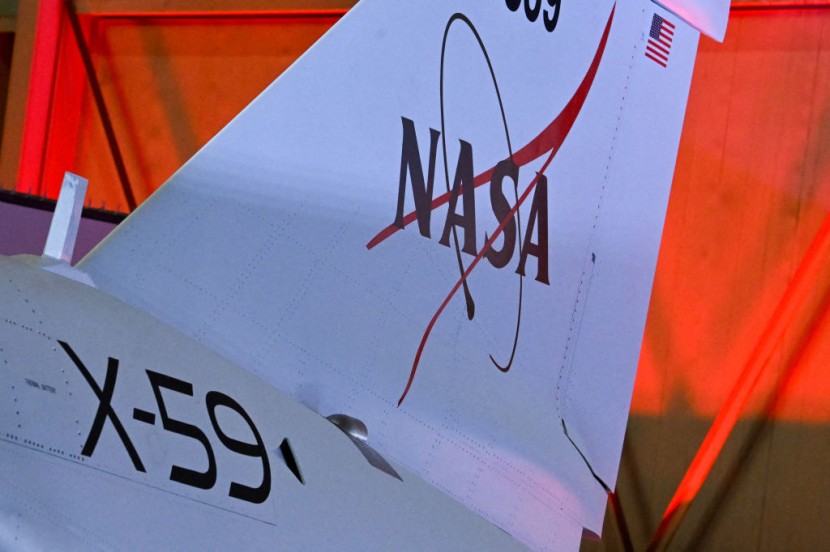NASA and Lockheed Martin have unveiled the X-59, a groundbreaking supersonic aircraft that promises to redefine commercial air travel.
The 100-foot long, 30-foot wide X-59, often referred to as the "son of Concorde," was presented on Friday with expectations of transforming the aviation landscape, as per New York Times.

The Concorde, which could reach speeds of 1,350 miles per hour, was retired two decades ago due to expensive maintenance and a tragic crash in 2000. In contrast, the X-59, developed under a project initiated in 2016, aims for a cruising speed of Mach 1.42 (937 mph/1,508 kph) at an altitude of 55,000 feet, nearly twice the speed of conventional passenger jets.
This supersonic marvel is not just about speed; it addresses the historical challenge of sonic booms. The X-59 incorporates technology to mitigate the loudness of sonic booms, producing a more subdued "sonic thump." If successful, this advancement could pave the way for supersonic passenger flights over land, a prospect previously hindered by noise pollution regulations.
The potential impact of the X-59 on flight durations is substantial. While the fastest Concorde flight between New York City and London took 2 hours and 53 minutes, the X-59 could further reduce travel times, particularly on routes like New York City to Los Angeles, potentially shortening a 5-hour and 30-minute journey to about 2 hours and 30 minutes.
NASA has relocated the X-59 from the construction site to the flight line, marking a crucial milestone. The upcoming series of ground tests will evaluate the aircraft's readiness for its inaugural flight.
NASA plans to conduct test flights at supersonic speed over various communities to gauge their response to the sonic thump, with results shared with regulators to potentially lift the ban on commercial supersonic flights over land, according to Interesting Engineering.
Read Also: Rebel Wilson Admits Feeling Bad About Herself for Gaining Weight Again
Lockheed Martin Leads X-59 Supersonic Ground Tests
Lockheed Martin, which was awarded a £187.5 million contract for the X-59, has initiated ground tests as a prelude to a potential trial flight later this year. The company envisions the X-59 as a catalyst for an entirely new global market, offering passengers the ability to traverse the world in half the time it takes today.
The X-59 project aligns with NASA's larger mission, known as the Quesst mission, initiated in 2016. This mission focuses on developing aircraft technology to reduce the loudness of sonic booms, a critical factor in supersonic flight acceptability.
While the X-59 represents a major leap in supersonic technology, it follows in the legacy of the Concorde, the first supersonic airliner. The Concorde set records for the fastest commercial flight between New York and London, completing the journey in under three hours. Unfortunately, the Concorde era ended in 2003 due to dwindling demand, rising maintenance costs, and the tragic crash in 2000.
The unveiling of the X-59 signifies a renaissance in supersonic aviation, with NASA and Lockheed Martin at the forefront of innovation. As the aircraft industry inches closer to supersonic travel, companies like Boeing and Rolls-Royce are also contributing to the potential realization of passenger planes capable of reaching speeds between 1,500 and 3,000 mph. The X-59 marks a milestone in this journey, offering the promise of faster, more efficient, and environmentally responsible air travel in the future, Sky News reported.








